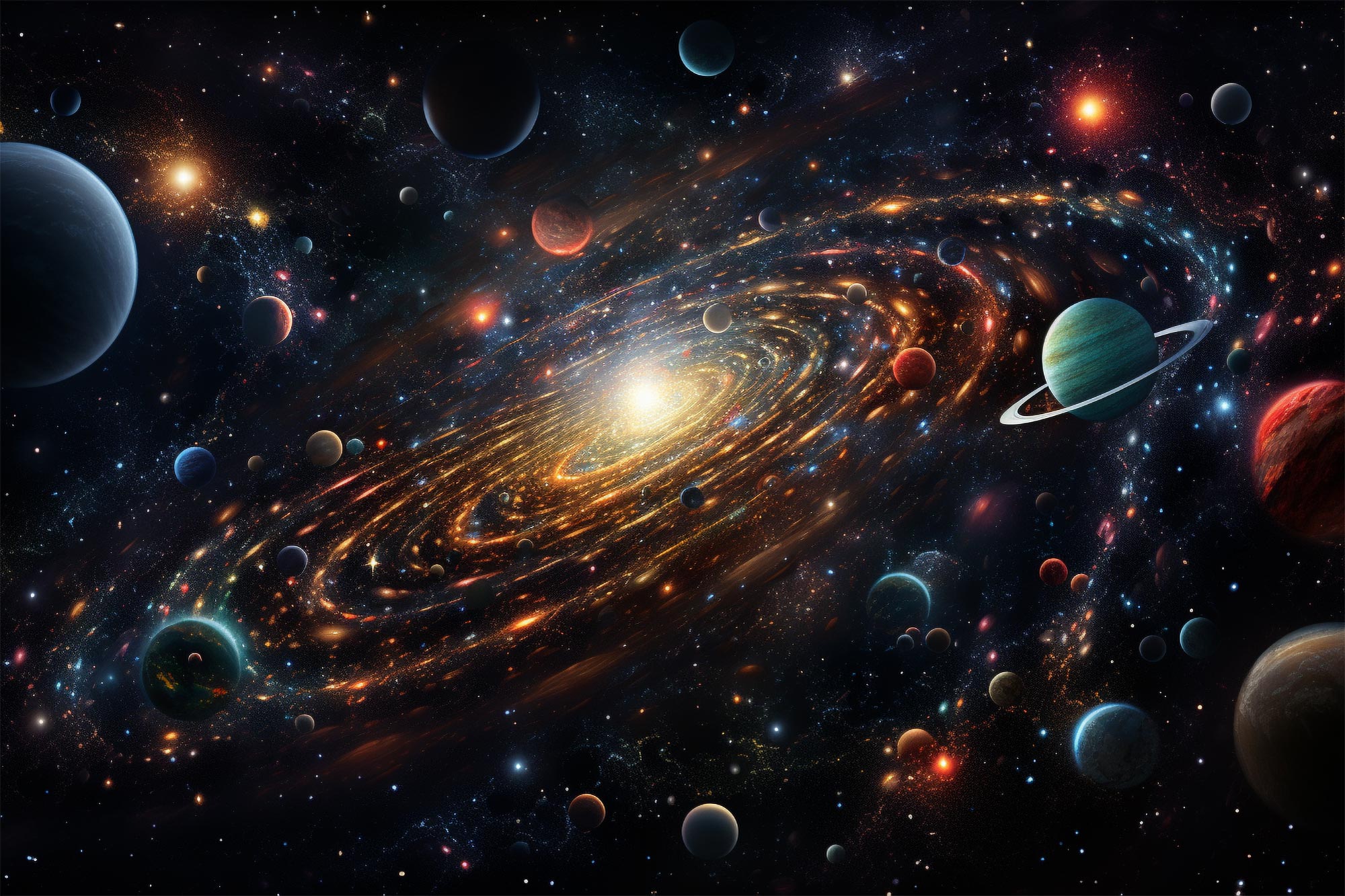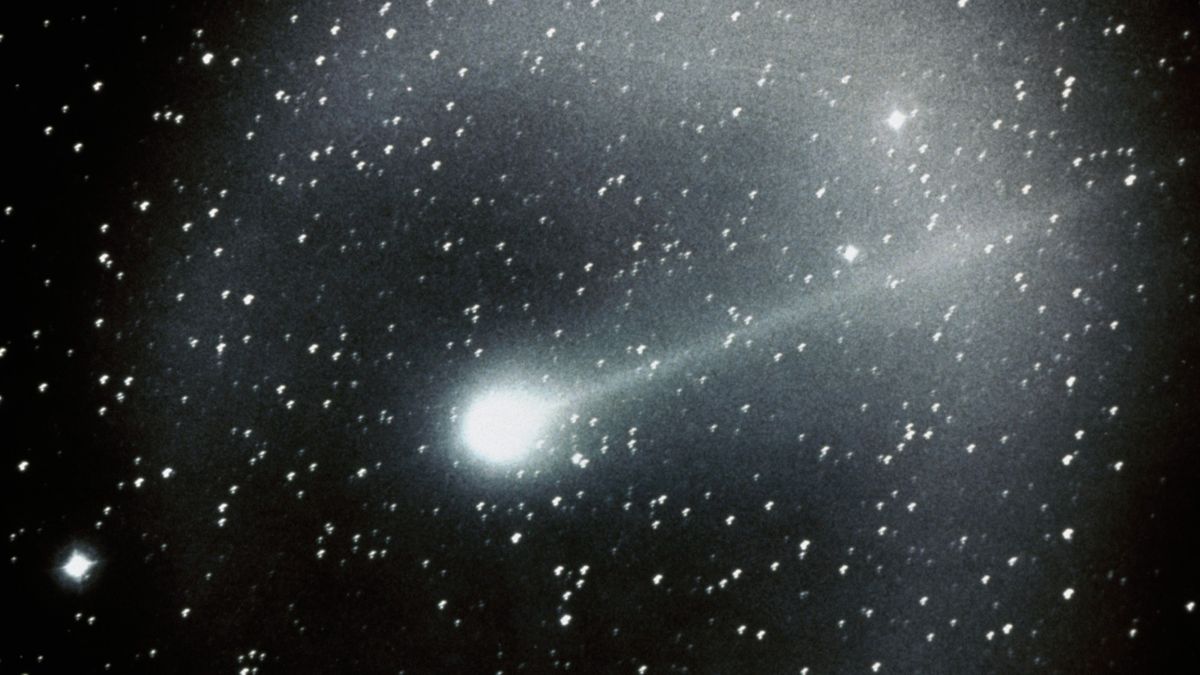Kosmiczny Teleskop Jamesa Webba opublikował wizualizację 3D przedstawiającą prawie 5000 galaktyk, w tym Galaktykę Macy’s, jedną z najstarszych galaktyk, która powstała 390 milionów lat po Wielkim Wybuchu. Ta ważna obserwacja pokazuje zaawansowane możliwości Webba w zakresie obrazowania, pozwalając badaczom badać wcześniej niewidziane części Wszechświata i stawiać nowe pytania dotyczące formowania się gwiazd w tych wczesnych galaktykach.
Dane pokazują zdolność Webba do obrazowania i identyfikowania tysięcy galaktyk jednocześnie.
Biuro Informacji Publicznej Instytutu Naukowego Teleskopu Kosmicznego opublikowało nową naukową wizualizację danych z przeglądu CEERS (Kosmiczna wczesna nauka ewolucyjna). Film przedstawia eksplorację regionu znanego jako Extended Groth Strip przez Webba, ukazującą wiele galaktyk, których nigdy wcześniej nie widziano. Pokazuje bogactwo galaktyk we wszechświecie i kończy się Galaktyką Macy’s, położoną 13,4 miliarda lat świetlnych od Ziemi.
Ta wizualizacja 3D przedstawia około 5000 galaktyk w niewielkiej części przeglądu CEERS (Cosmic Evolution of Early Launch Science), w ramach którego zebrano dane z regionu znanego jako Extended Groth Strip. Gdy kamera oddala się od naszego pola widzenia, każda sekunda równa się 200 milionom lat świetlnych w zbiorze danych, co oznacza kolejne 200 milionów lat w przeszłości. Wygląd galaktyk zmienia się, odzwierciedlając fakt, że odległe obiekty były widziane we wcześniejszym okresie we Wszechświecie, kiedy galaktyki były mniej rozwinięte. Film kończy się w Galaktyce Maisie, która powstała zaledwie 390 milionów lat po Wielkim Wybuchu, czyli około 13,4 miliarda lat temu.
Nowa wizualizacja 3D przedstawia 5000 galaktyk odkrytych przez Kosmiczny Teleskop Webba
Ten film to naukowa wizualizacja galaktyk przechwyconych w ramach projektu CEERS Survey (Early Launch Science of Cosmic Evolution), przedstawiający dużą misję sprzed[{” attribute=””>NASA’s James Webb Space Telescope. It flies by thousands of galaxies, starting with those nearby and ending with less-developed galaxies in the very distant universe, including one never seen before Webb.
The area highlighted in this visualization is a small part of the Extended Groth Strip, a region between the Ursa Major and Boötes constellations originally observed by the Hubble Space Telescope between 2004 and 2005. While this vast region contains about 100,000 galaxies, the visualization focuses on approximately 5,000 – with the nearest and more complex galaxies, shown in the beginning, located within a few billion light-years of Earth. As the visualization proceeds, showing galaxies farther away from Earth, we see different stages of the universe’s history and evolution.

Extended Groth Strip. Credit: NASA, ESA, M. Davis (University of California, Berkeley), and A. Koekemoer (STScI)
The visualization’s farthest galaxy, known as Maisie’s Galaxy, is a target of great interest to astronomers. It formed about 390 million years after the big bang, or about 13.4 billion years ago. It’s not only one of the first bright, extremely distant galaxies found by Webb, but it’s also an example of an early galaxy that only Webb could see. This is because Webb’s instruments can capture the light from these early galaxies, which has been shifted to infrared wavelengths by the expansion of the universe.
“This observatory just opens up this entire period of time for us to study,” said Rebecca Larson of the Rochester Institute of Technology in Rochester, New York, one of the survey’s investigators. “We couldn’t study galaxies like Maisie’s before because we couldn’t see them. Now, not only are we able to find them in our images, we’re able to find out what they’re made of and if they differ from the galaxies that we see close by.”
Steven Finkelstein of the University of Texas at Austin, principal investigator of the CEERS program, continued, “This observation exceeded our expectations. The sheer number of galaxies that we’re finding in the early universe is at the upper end of all predictions.” The observatory’s ability to conduct surveys like these provides a demonstration of Webb’s instruments for astronomers to reference for future observations.
This visualization not only shows just how far Webb can observe, but also how much it builds off the accomplishments of Hubble. In many cases, Hubble’s observations, along with Webb’s data from the CEERS Survey, enabled researchers to determine which galaxies were truly far away – the early-universe galaxies of interest – and which were nearby, but so dusty that their visible light was obscured.
With these observations, the next goal for researchers is to learn about the formation of stars in these early galaxies.
“We’re used to thinking of galaxies as smoothly growing,” Finkelstein remarked. “But maybe these stars are forming like firecrackers. Are these galaxies forming more stars than expected? Are the stars they’re making more massive than we expect? These data have given us the information to ask these questions. Now, we need more data to get those answers.”
The James Webb Space Telescope is the world’s premier space science observatory. Webb is solving mysteries in our solar system, looking beyond to distant worlds around other stars, and probing the mysterious structures and origins of our universe and our place in it. Webb is an international program led by NASA with its partners, ESA (European Space Agency) and the Canadian Space Agency.

„Analityk. Nieuleczalny nerd z bekonu. Przedsiębiorca. Oddany pisarz. Wielokrotnie nagradzany alkoholowy ninja. Subtelnie czarujący czytelnik.”



